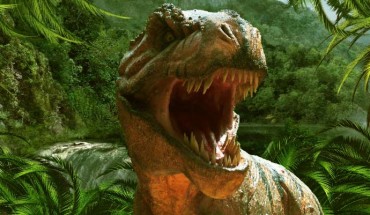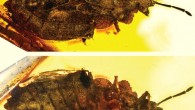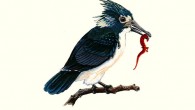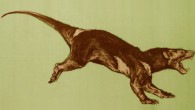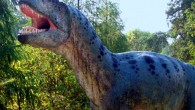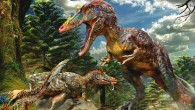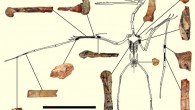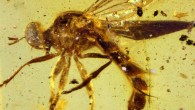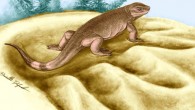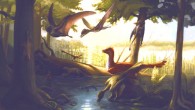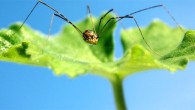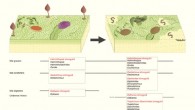Dinosaurs fit in between warm-blooded mammals and cold-blooded reptiles, according to a study reported in the journal Science. The study is the first to explore the relationship between growth rate and metabolic rates in animals and extend that to long extinct animals such as dinosaurs. Tyrannosaurus rex. Dinosaurs dominated the landscape for more than 100 million years, but all that remains today are bones. This has made it difficult to solve a puzzle:...

